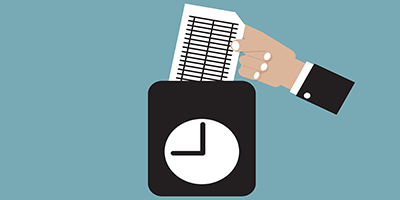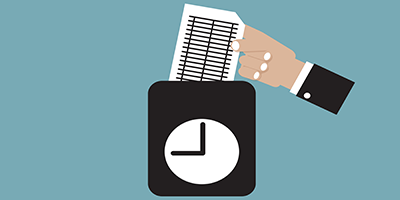Work in the Quantum World
Work in its simplest form is the product of an applied force and the distance along some particular trajectory. The same definition does not apply in quantum mechanics, however, since quantum objects do not travel along single trajectories. Quantum work has instead been defined as an energy difference, requiring two separate measurements. But researchers have now devised a way of assessing quantum work with a single measurement. The trick is in introducing a second system that acts like a quantum “punch clock,” keeping track of the work done on the original system.
The desire to define quantum work arose partly from the development of tiny devices, like nanoscale engines and refrigerators, in which quantum effects can dominate. The fluctuations can be so large in such systems that thermal equilibrium no longer strictly applies. As a result, basic thermodynamic properties, such as entropy and free energy, require new formulations that are based on the work necessary to drive the system between two states.
Physicists have typically defined quantum work as the difference between the final and initial energies of a system. This requires measuring the system twice, at two different times, destroying any coherences that may exist in the initial state. Augusto Roncaglia and his colleagues from the University of Buenos Aires in Argentina show how work can be determined from a single measurement. Their strategy is to entangle the system of interest with a second auxiliary system that keeps a record of the work. The two systems evolve in time together, and the auxiliary system is then measured. The team showed theoretically that this sequence of operations could be performed with an atomic beam or with qubits. This new framework could help physicists understand the role that quantum coherence may play in the behavior of nanoscale machines.
This research is published in Physical Review Letters.
– Michael Schirber





